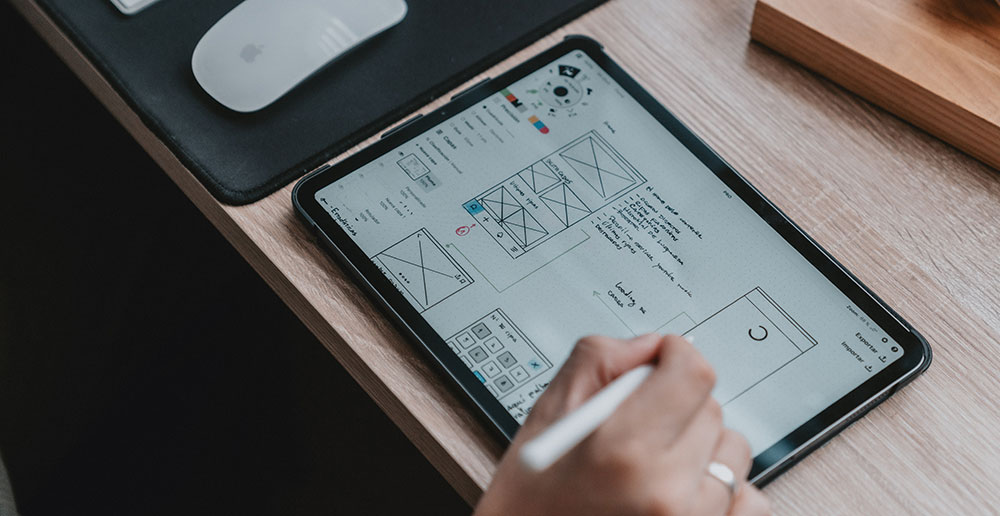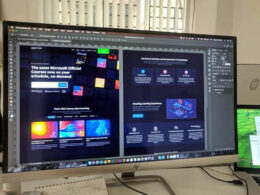The approach design teams apply to produce products that provide customers with meaningful and applicable experiences is known as user experience (UX) design. In the design of the entire process of acquiring and integrating the product, UX design incorporates elements of identity, style, adaptability, and function.
Making software simple to use is just one aspect of experience design; other experiences linked to the product, such as the marketing strategy, the packaging, and the post-purchase assistance, are also designed. A UX design company objective is to offer solutions that fulfill objectives and areas of concern. After all, nobody will use a product that serves no purpose.
Importance of UX Design
Customers’ desire to utilize a product, its superb functioning and meaningful experiences are all included in user experience design (UX). Clients can find and utilize items without difficulty from any device, thanks to the work of UX designers. They look after a certain product’s values, features, usability, accessibility, and aesthetics.
When customers connect with the things that designers create, they find them to be high-quality, simple to use, and enjoyable. A business may better serve customers’ demands and boost customer happiness and loyalty by using excellent UX design.
It’s time to move on to the following part and get into more detail about UX design principles.
UX Design Principles
You may increase user growth more quickly and gain a greater market share in very little time by using effective UX. If you’re just getting started, utilize this guide to apply some of the greatest UX principles to your products.
#1: Concentrate On The Actual Clients
One of the guiding principles of user experience design is to keep users’ requirements, intentions, goals, and challenges in mind at all times. Any business’s main objective is to satisfy its clients.
A thorough comprehension of these essential user factors helps designers create personas and keep these personas in mind as they go through the design process.
Without taking into account the people themselves, a UX designer cannot provide a good user experience. It is essential to do research and analyze user behavior to make sure the product is successful.
When considering bringing UX design in-house, it’s important to follow key steps to hire the right UI/UX designer. Start by evaluating portfolios and experience, particularly how they align UI/UX with business goals. Ask targeted questions to assess their strategic thinking. Clearly outlining the ideal designer profile will streamline the process of hiring UI/UX designers.
Using a combination of common user research techniques, including interview sessions, research, participant observations, contextual inquiry, etc., one may identify the actual requirements of customers.
#2: Design It With Purpose
Establishing relevance is just as vital to creating meaningful user experiences as the idea of usage.
What else would develop if you added a new product that would be useless to your current users?
Before starting a new project, whether you’re creating a brand-new item or including extra features, be sure it is relevant. This was such product-market fit and figuring out whether people are drawn to your notion or idea.
#3: Consistency
Consistency is another important component of UX design principles. Consistency is an indicator of a superior user experience design across the user’s contact with the product.
Since they don’t have to redesign or produce fresh designs each time they embark on a new job, consistency simplifies the design process simple for the designers.
Customers benefit from a shorter learning curve and quicker product acclimatization. Enhancing and sustaining voice and visual language as part of design consistency increases the likelihood that customers will remember your company.
A user who experiences inconsistency is less likely to use your product again because uneven UX design causes uncertainty and resentment in the user. On the other hand, consistency aids organizations in establishing the worth of their offerings as well as their reputation and level of trust.
#4: Minimalist
This principle lessens the stress on users’ cognitive and operational resources or UX. This enhances the uniformity and usefulness of the design. The minimalistic design concept emphasizes simplicity and tries to stay away from complicated or time-consuming designs. This UX design idea has led to the creation of several successful designs, including well-known Apple products.
#5: Storyline
The goal of narrative design is to communicate a story via your design. Time and flow are two essential narrative components to maintain audience engagement, and user attention is greatly influenced by the speed and flow of the material.
A speed that is too sluggish will annoy your user, while a pace that is too quick can confuse them if they lack the necessary information. There must be a balance between the pace and flow of information.
Conclusion
These UX design concepts may be learned and used in anything you’re building, from a straightforward application form to a public entity, to make useful goods and services.
The risk associated with developing a new product can be minimized by investigating the person’s conceptual framework. A user conceptual framework may help you determine whether a product fills a need, finds a solution to a problem, and provides a satisfying and enjoyable experience.
- Vue Component for Inline Text Editing: Enhancing Web Interfaces - April 25, 2024
- User Experience Testing: Apps Like UserTesting - April 24, 2024
- User Engagement Metrics That Matter: What To Track And Why - April 24, 2024









